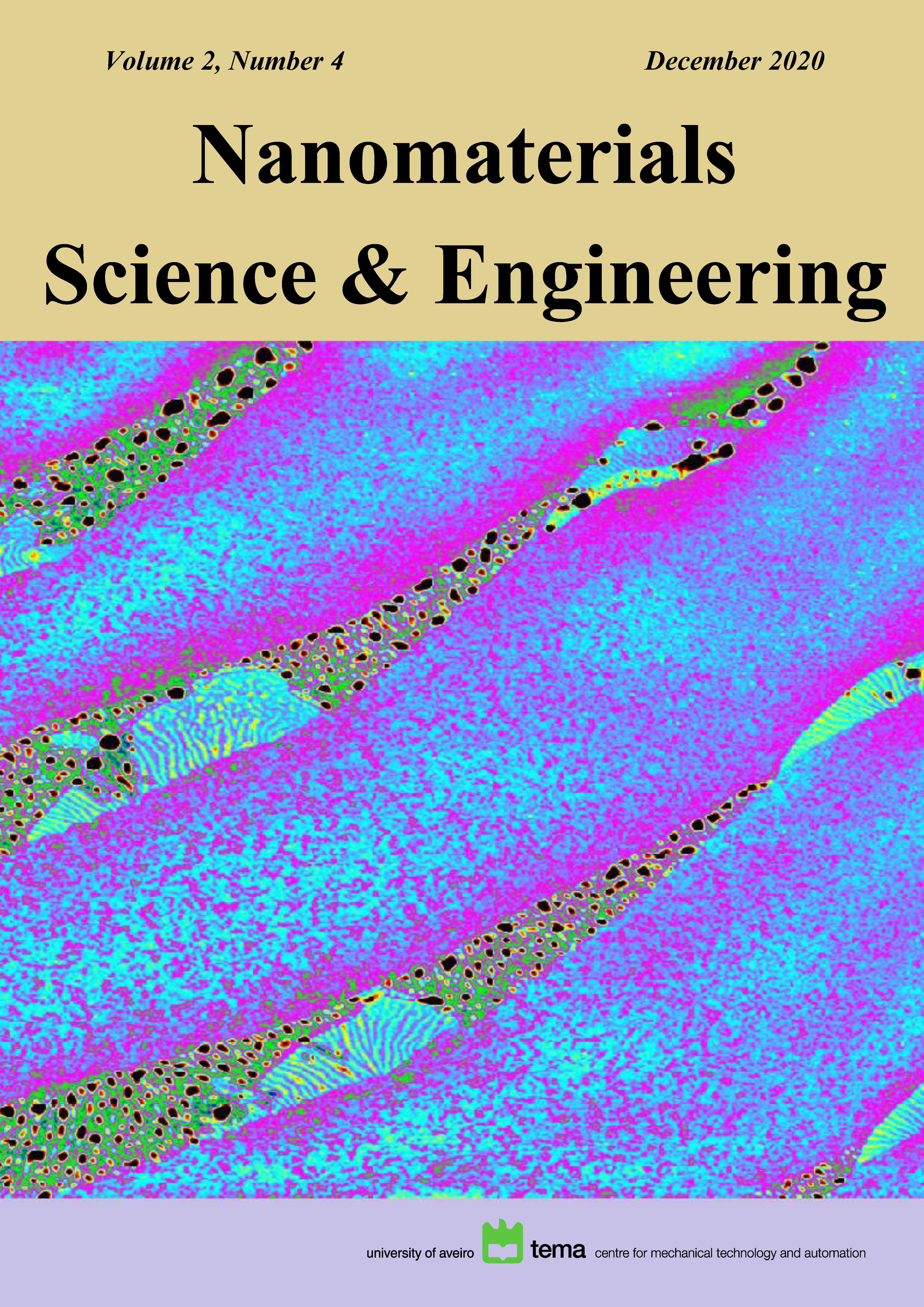Modeling of the 2D-materials hybrid nanostructures based on ferroelectric polymer PVDF/P(VDF-TrFE) and MoS2 Dichalcogenide
Abstract
Transition metal dichalcogenide MoS2 monolayers is very promising for many applications, especially in the fields of optics as emitters and detectors, in electronics as transistors. It is first of all due that they have a direct band gap Eg, which is dependent on external applied electric fields.
To create such an electric field, it is proposed to use the field induced polarization of ferroelectric polymers such as PVDF and P(VDF-TrFE). These polymers in the ferroelectric phase are capable to create significant polarization in very thin layers, about 5 Å. By combining such ferroelectric layers and MoS2 layers, hybrid nanostructures can be created, that are convenient for design of new photodetectors with controlled properties. The prominent properties of this hybrid structure arise and benefit namely from the ferroelectric-polarization-induced ultra-high electric field of the PVDF or P(VDF-TrFE), that impact on MoS2 layers and control the band gap Eg.
In this work, we simulate such a hybrid structure based on PVDF and MoS2 layers and study their features and properties. For calculating MoS2, the methods of density functional theory (DFT) are used, implemented in the VASP program. Semi-empirical methods based on the HyperChem software package are used to model and study both individual layers of the hybrid structure and the features of their joint interaction. The results obtained convincingly show a strong influence on the width of the MoS2 bandgap Eg from the side of the PVDF layers, creating polarization P and an electric field E, which affects MoS2 layers. In addition, the dependence of the band gap Eg under the action of electric field E from the distance between the layers PVDF and MoS2 has been established.
Copyright (c) 2020 Nanomaterials Science & Engineering

This work is licensed under a Creative Commons Attribution-NonCommercial 4.0 International License.
Copyright Information
Authors who publish in the Nanomaterials Science & Engineering agree to the following terms:
- Authors retain copyright and grant the journal right of first publication with the work simultaneously licensed under a Creative Commons Attribution License that allows others to share the work with an acknowledgement of the work's authorship and initial publication in this journal.
- Authors are able to enter into separate, additional contractual arrangements for the non-exclusive distribution of the journal's published version of the work (e.g., post it to an institutional repository or publish it in a book), with an acknowledgement of its initial publication in this journal.
- Authors are permitted and encouraged to post their work online (e.g., in institutional repositories or on their website) after publication, as it can lead to productive exchanges, as well as earlier and greater citation of published work.
Copyrights to illustrations published in the journal remain with their current copyright holders.
It is the author's responsibility to obtain permission to quote from copyright sources.
Any fees required to obtain illustrations or to secure copyright permissions are the responsibility of authors.





